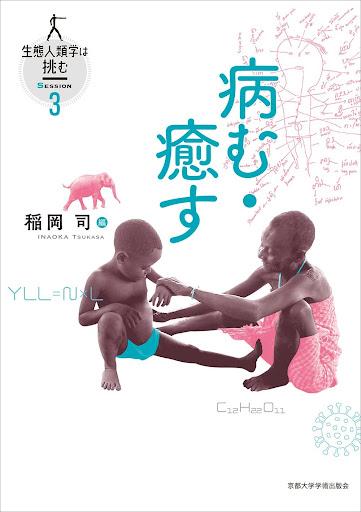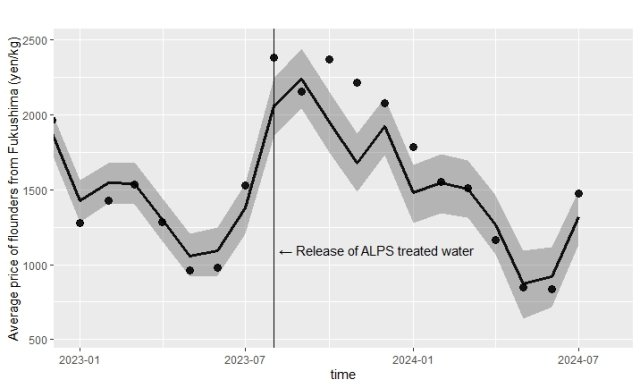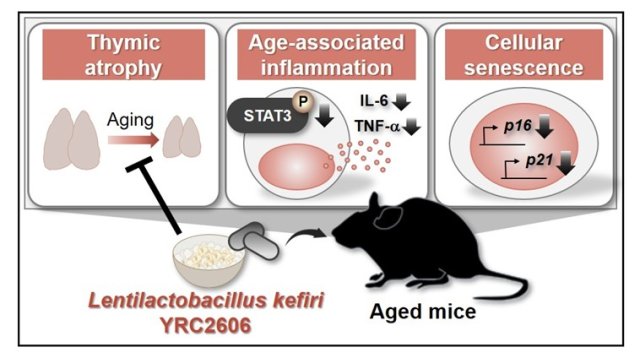Why have "Diseases" been existing since ancient times and what do they teach us? A new book provides deep insights in the era of coronavirus.
- Share
- Tweet
- Send to email
Nagano, Japan — Takuya Matsumoto, Assistant Professor of Faculty of Science and Concurrent Doctor of Institute for Mountain Science (Department of Mountain Ecosystem) at Shinshu University, has co written the book『生態人類学は挑む SESSION 3 病む・癒す』(available only in Japanese. It means “Diseases and Heals: the ecological anthropology challenge session 3” by Kyoto University Press, Dec 20, 2021) with 12 other experts including Tsukasa Inaoka, professor emeritus of Saga University.
The book consists of 10 case studies and Dr. Matsumoto focuses on how “disability” is treated in the chimpanzees in the wildlife and their community.
He precisely describes and analyzes the observation of a wild chimpanzee baby with serious physical “disability,” and how its mother and other group members treated and communicated with the baby.
How do you think the wild chimpanzee mother cares for the baby and how do the other members interact with it? The significant study provides us with the valuable opportunity to question the concept itself of “disability (or challenged).”
*Extract from the book introduction (English translation): “Neanderthals are said to place flowers on the dead bodies 200,000 years ago. Since then human beings have come up with various kinds of prayers and healings to mourn the dead people. What does disease mean to us? This book gives attention to the “disease and its healing” under the recent confusion and fear of infection.”
*Contents (English translation)
Part I: Disease and Healing of Primates
Case 1. Ruby Family’s battle against illness: Wild chimpanzee’s “disease” experience and pathogen by encounter with humans. (Shunkichi Hanamura)
Case 2. “Disability” without diagnosis in the wild chimpanzee community (Takuya Matsumoto)
Part II: Narrow definition of “Disease” which threatens individuals
Case 3. Health and Treatment in hunting-and-gathering society: Reason why “the stupid” have vast knowledge about medicines (Shiho Hattori)
Case 4. Diseases and treatments of people in Northwest coast of Papua New Guinea (Takahiro Tsukahara)
Case 5. Creative treatments against illness: Rural village in Southern Laos (Miho Fujimura)
Part III: Broad definition of “Disease” which threatens society
Case 6. “Illness” in prehistoric age: Dietary habits in the Jomon Era by oral pathology analysis (Aiko Saso, Osamu Kondo, and Minoru Yoneda)
Case 7. Adaptation and evolution by intake of milk: Buffalo milk intake and lactose intolerance in the Philippines (Takashi Tsuji)
Case 8. Children’s nutrition and growth by social transformation: Agricultural village in West Java (Makiko Sekiyama)
Part IV: Symbiotic life with other cultures
Case 9. Adaptation process to a new environment: Migration and livelihood change of Hmong, the indigenous people in Thailand who originally live by burnt farming (Shinsuke Nakai)
Case 10. Accidents with protected animals: Elephants-humans conflicts in the Central dry zone in Sri Lanka (Anuradha Jayaweera, Miho Fujimura, Tsukasa Inaoka)
For details on the book, refer to Kyoto University Press: https://www.kyoto-up.or.jp/books/9784814003785.html (in Japanese)
ISBN-13: 978-4814003785
Further information on Dr. Matsumoto’s study related to the Case 2 article: (in English)
1. An observation of a severely disabled infant chimpanzee in the wild and her interactions with her mother
Takuya Matsumoto, Noriko Itoh, Sana Inoue, Michio Nakamura
Primates: 2016 Jan; 57(1): 3-7
DOI: 10.1007/s10329-015-0499-6
2. Japan Researchers Study Chimpanzees Caring for Disabled Infant in the Wild
The Wall Street Journal: Nov 10, 2015





